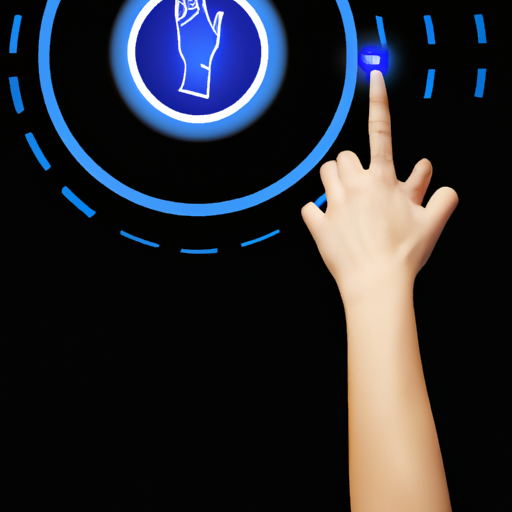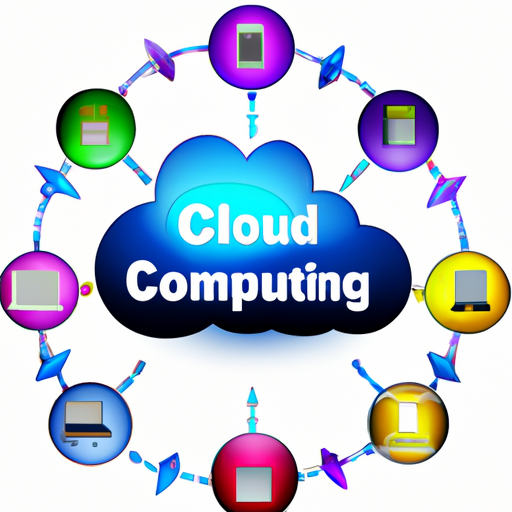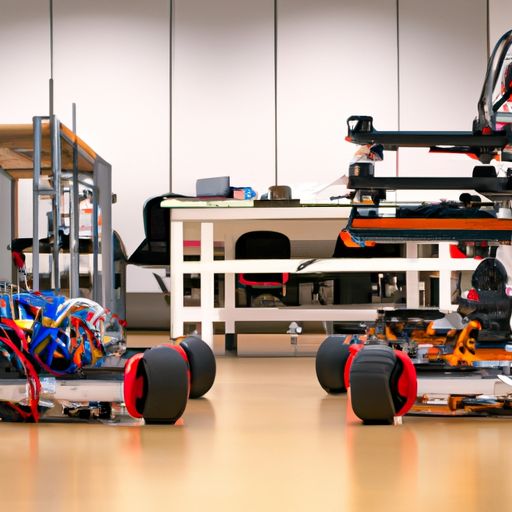In today’s fast-paced digital age, gesture recognition has emerged as a groundbreaking technology that is transforming human-computer interaction. This innovative approach allows devices to interpret human gestures via mathematical algorithms, enhancing the way we interact with technology. In this blog post, we’ll delve into the details of gesture recognition, highlighting its applications, benefits, and future potential.
What is Gesture Recognition?
Gesture recognition refers to the technology that enables computers to interpret human body language, gestures, and motion. By utilizing machine learning and computer vision, systems can analyze and respond to various physical movements. From simple hand gestures to complex body movements, this technology can be used in multiple contexts, including gaming, virtual reality, smart homes, and healthcare.
How Does Gesture Recognition Work?
The process of gesture recognition typically involves several stages:
- Data Acquisition: Devices, such as cameras and sensors, capture the user’s movements.
- Preprocessing: Raw data is processed to filter noise and focus on relevant information.
- Feature Extraction: Important features from the movement data are identified.
- Gesture Mapping: The identified gestures are mapped to corresponding commands or actions.
The Applications of Gesture Recognition
Gesture recognition technology finds applications across various industries, including:
- Gaming: Enhancing user experience with touchless controls and immersive environments.
- Healthcare: Assisting medical professionals by enabling touchless interactions, particularly in sterile environments.
- Smart Homes: Controlling devices through gestures, making home automation more intuitive.
- Automotive: Integrating gesture control in vehicles for safer driving experiences.
Benefits of Gesture Recognition
Implementing gesture recognition brings a myriad of benefits:
- Enhanced User Experience: Gesture control makes interactions smoother and more natural.
- Accessibility: Provides an alternative for individuals with mobility impairments.
- Touchless Interaction: Increases hygiene by eliminating physical touch, especially relevant post-pandemic.
The Future of Gesture Recognition
The future of gesture recognition is bright, with advancements in AI and machine learning continually improving the accuracy and responsiveness of gesture-based interactions. As technology evolves, we can anticipate even more intuitive and seamless integration into everyday devices.
Conclusion
Gesture recognition is not just a trend; it’s a pivotal advancement in the way we engage with technology. Whether enhancing the gaming experience or providing intuitive control in smart homes, the applications are limitless. As we continue to explore the capabilities of this technology, it will undoubtedly play a significant role in shaping our digital future.
For more insights on technology trends and innovations, stay tuned to our blog!




